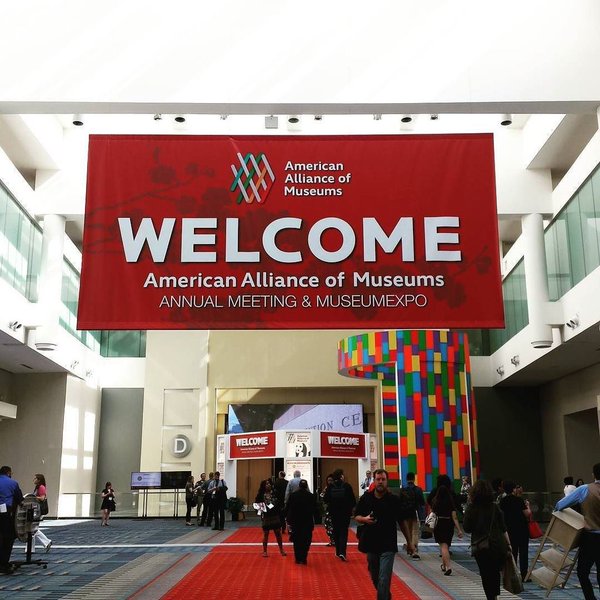#Rochester Museum and Science Center @ROCrmsc to develop Regional #Green Infrastructure Showcase
 As the Greece Post reports, The campus is now undergoing a huge sustainability demonstration project called the , set to be completed by the end of the summer.
As the Greece Post reports, The campus is now undergoing a huge sustainability demonstration project called the , set to be completed by the end of the summer.
The new RMSC campus will feature areas to explore green infrastructure and sustainability, including rain gardens and interactive displays. The Environmental Facilities Corporation awarded $525,000 for the installation of a new porous pavement parking lot and bioretention areas on campus to decrease and treat . The areas capture and filter stormwater runoff from roadways and parking lots and water several low-maintenance native species plants, many of which are adaptable to high volumes of water.
“We at the RMSC care deeply about our local watershed and are taking action to protect it by creating new landscape campus features,” said Kate Bennett, RMSC president. “One responsibility as the community’s museum is to demonstrate options that create a sustainable future for our region and our ecology.”
Guests will be able to participate in green infrastructure workshops at a learning pavilion. The pavilion includes a green roof complete with plants and a water harvest collection area that captures roof runoff.
The stormwater runoff process will be showcased in an artistic educational glass design called “Genesee River Watershed,” created by local artist Nancy Gong and sponsored by the . The art glass will divert water from the pavilion roof to a rain garden. In another exhibit area, downspouts will transfer water from roofs to rain barrels. A treadle pump, a human-powered suction pump, will offer guests an opportunity for physical activity in understanding the irrigation process. Other areas with porous pavers and concrete will reduce runoff and winter salting requirements. For every tree that was removed during construction, two new ones will be planted on the campus.
RMSC exhibition components include a rain garden puppet theater, explanations on how porous pavements works and various interactions with the . RMSC’s new campus will be incorporated into the Stormwater Coalition of Monroe County’s ongoing series of Green Infrastructure Trainings and Workshops, as a green infrastructure tour stop and as a location for workshops.
Also, students are including the campus transformation as their environmental science senior capstone with the objectives of designing and implementing a monitoring plan to establish the effectiveness of the various green infrastructure areas and to provide scientific information to support exhibit development.






